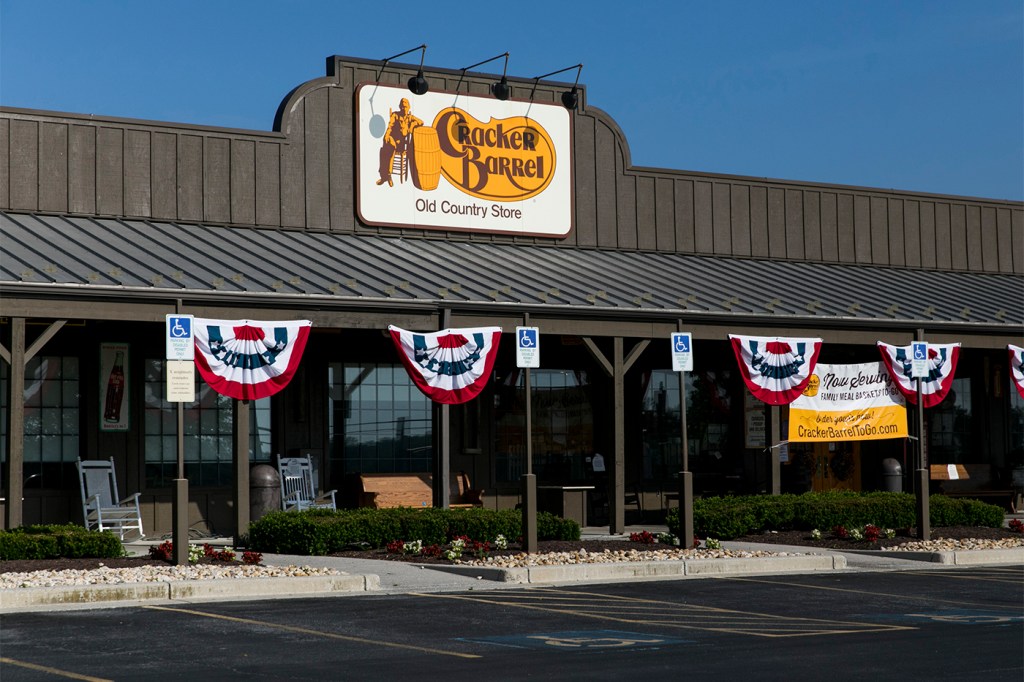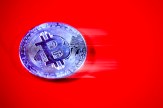Why is Cracker Barrel rebranding? Keeping nostalgia and becoming ‘relevant’ again is a challenge, marketing expert says

Cracker Barrel evokes nostalgia, timelessness and rustic charm — and it’s time for a change, as the CEO says the brand is no longer “relevant.”
Northeastern University marketing expert Bruce Clark says Cracker Barrel’s rebranding will likely take years, and will be difficult.
“The cardinal rule of rebranding is you want to refresh, not replace,” says Bruce Clark, associate professor of marketing at D’Amore-McKim School of Business at Northeastern. “We can’t throw away who we were, because who we were got us here. But we do need to move with the times to some extent.”
And Cracker Barrel’s focus on nostalgia adds a unique wrinkle.
“I think nostalgia makes this hard,” Clark says. “It can be done but I do think it makes it harder.”
Cracker Barrel’s sales have flatlined at $935.4 million and its stock has fallen 40% this year. On Thursday, it reported a 1.9% decline in revenue in the third quarter.
On a May 16 conference call, Cracker Barrel CEO Julie Felss Masino said the company had “lost some of its shine” and detailed a “transformation” to help the chain continue to reach new diners while still appealing to its current customer base.
“We’re just not as relevant as we once were,” Masino said.

Clark says some of the chain’s plans make a lot of sense.
“They’ve been changing their menu items and that’s a good thing — the product isn’t relevant anymore, so change the product,” Clark says.
He also notes that the brand has added a “build-your-own breakfast” and — most notably — alcohol, which has been popular with millennials and Gen Zers.
But there are some challenges.
“They are also talking about redesigning their stores,” Clark says. “That’s tougher.”
Clark says changing a menu item just affects the individual consumer — they can order it or not. But, he says, changing the way a restaurant looks affects every customer.
“There’s no way to give me the nostalgic-looking restaurant and give you the non-nostalgic-looking restaurant at the same time,” Clark notes.
Editor’s Picks
Perhaps most challenging are the macroeconomic conditions the casual-dining chain is facing.
“It’s a tough time to be a slightly-more-expensive-than-McDonald’s kind of restaurant,” Clark says. “This is not a Cracker Barrel thing. It’s a thing generally. Olive Garden is having trouble. Red Lobster is having trouble…”
So, what can Cracker Barrel do?
Clark suggests giving individual locations more flexibility to do community outreach and sponsorships — a tough thing for a chain, especially in these polarizing times — but something that may appeal to the family-oriented nostalgic image of the brand.
“It’s not just Cracker Barrel, it’s your Cracker Barrel,” Clark emphasizes.
He also suggests offering different experiences at different times of the day, again leaning in on the brand’s existing image to get people of different ages into the restaurants.
“You do some things like Family Saturday Morning or Family Sunday Morning and so you take the whole family,” Clark says. “It’s a country store so have country music. That fits entirely well with their brand.”
As for the wrinkles added by nostalgia…
“The most nostalgic brand in the world is Disney, and Disney manages to keep things fresh,” Clark says.
But, he adds, Cracker Barrel is no Disney.
“This is going to be hard,” Clark says. “And I think they don’t have a lot of room for error.”











